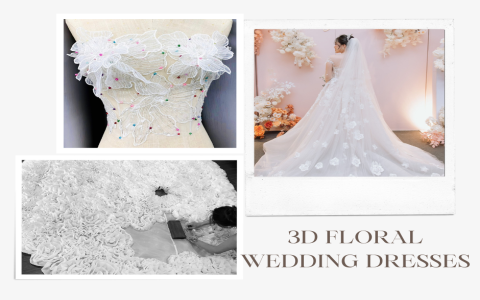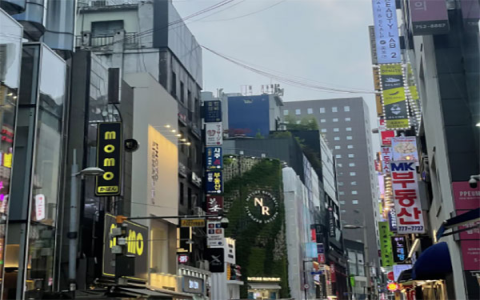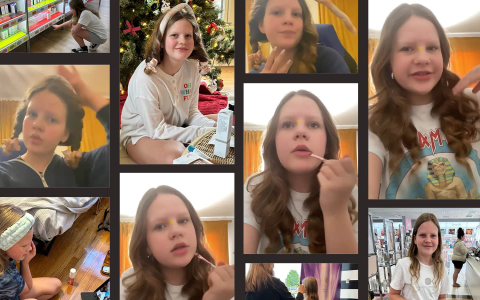So yesterday my cousin called me freaking out about wedding dress prices. Five grand minimum? Seriously? That got me thinking – could 3D printing actually work? Everyone says it’s just for toys, right? Skeptical but curious, I decided to try it myself. Gotta see if this crazy idea saves real money. Pulled out my old printer from the garage, dust flying everywhere. Looked like a ghost sneezed on it.
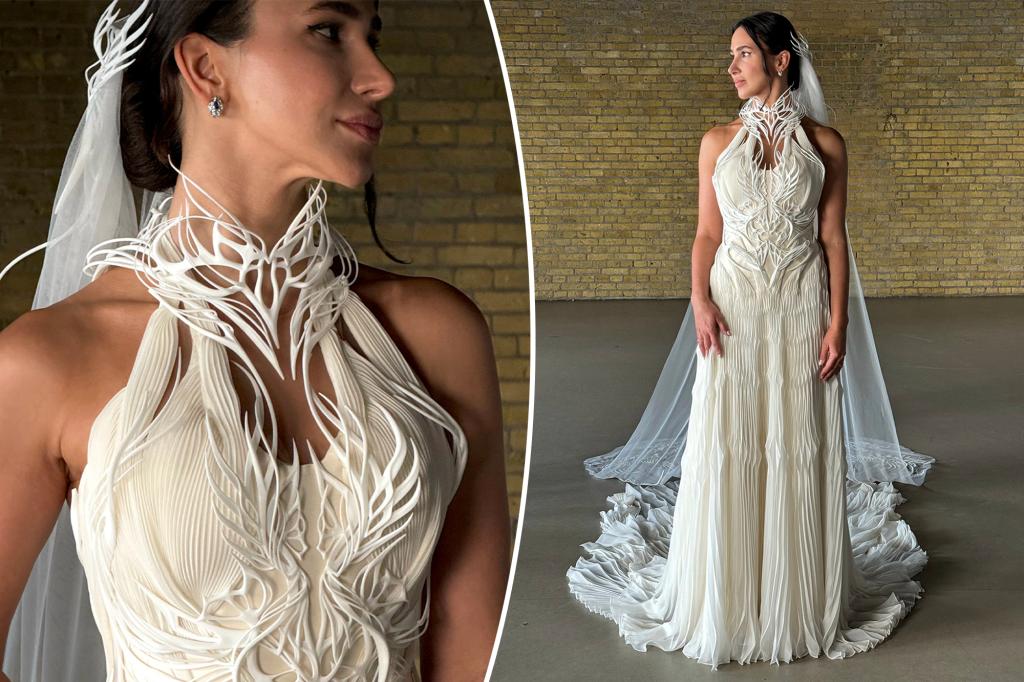
The First Disaster Attempt
Grabbed my regular ABS plastic spool – easy, cheap, stuff I use for phone cases. Slapped a simple corset design from some free online file into the slicer software. Hit print. Big mistake. Three hours later? Total mess. Flimsy, sharp edges, and cracked when I barely bent it. Seriously, breathing on it wrong might’ve shattered the thing. Felt totally defeated. Weddings need sturdiness, not eggshell fragility.
Research Time – Turns Out Plastic Matters
Back to Google I went. Turns out, dress printing needs specific, flexible materials. Went down a rabbit hole:
- TPU Filament: Like rubber? Supposedly super bendy.
- Specialty PLA Blends: Some mixes promise silk-like feel? Doubted it.
- Resin Printing: Heard about this smooth finish stuff, but sounded complicated.
Local shop had TPU. Grabbed a spool. Price hurt a bit, but still way cheaper than silk satin yards.
Round Two – Printing Challenges
Loaded the TPU. Felt weird, like stiff rubber bands. Printer hated it. Jammed twice. Adjusted the nozzle heat way up, slowed the print speed down to grandma-moves, and prayed. Watching it print felt like waiting for paint to dry. Took forever. Like, 20 hours for one decent-sized piece? Insane. Woke up every few hours checking it hadn’t blobbed into a plastic monster.
Putting Pieces Together
Printed flat panels for a simple off-shoulder top design. Cutting traditional fabric? Nah. This involved a heat gun and clamps. Gently warmed the TPU edges, overlapped them, pressed like crazy. Surprisingly strong bond. Added small snap clasps hidden inside for the back closure. Glued on some non-printed tulle skirt layers I found cheap. Finished piece? Actually held shape and flexed. Looked… spacey but cool?
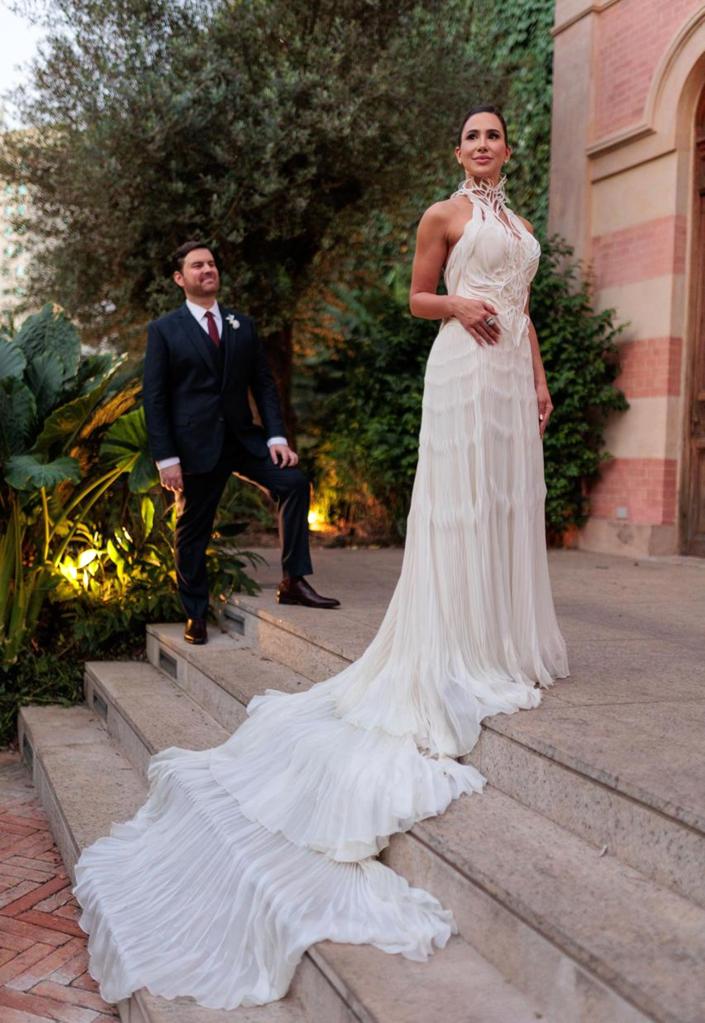
The Real Money Talk
Okay, the breakdown mattered most:
- TPU Filament (1 kg): $70 (tons left)
- Tulle Skirt Fabric: $40
- Snap Clasps & Trim: $15
- Electricity & Time: Priceless pain?
Total: Around $125. Yeah, heard that. Compare it to even the cheapest store dress starting at $1,000+. My back-of-the-napkin math? Serious savings. Plus, the look is genuinely one-of-a-kind. It catches light different, has this subtle texture. Not soft like silk, sure, but unique. No one else will have this on their big day.
Final thought? It’s not for the faint-hearted or someone wanting a classic ballgown next week. Needs patience, tinkering love, and accepting it won’t feel “traditional”. But saving stacks of cash and getting a head-turning unique piece? That’s the real magic here. My cousin? She’s terrified but wants to see it.
